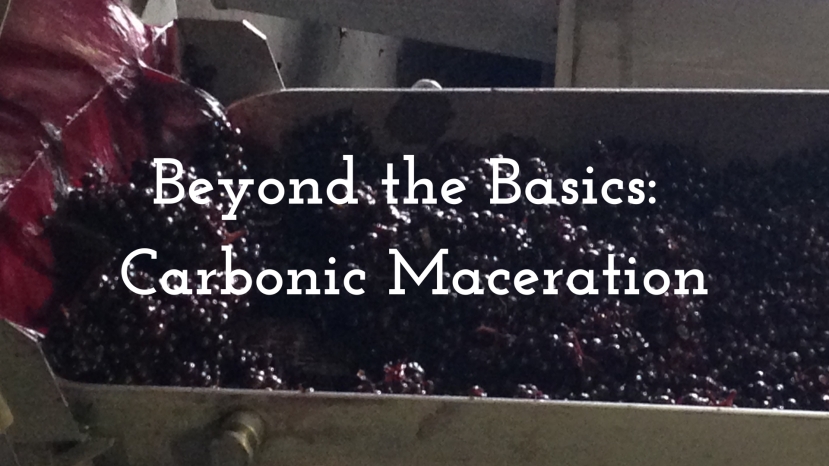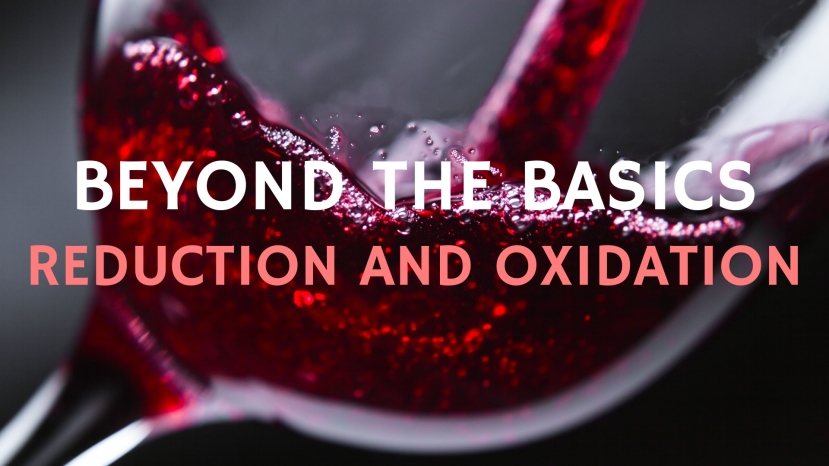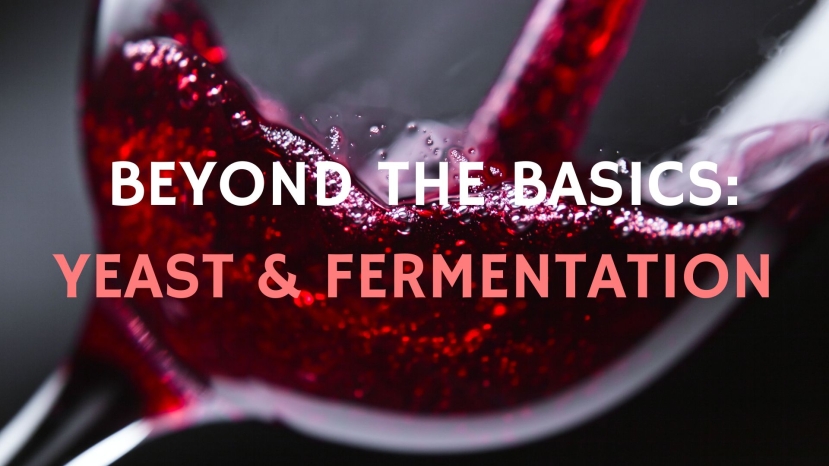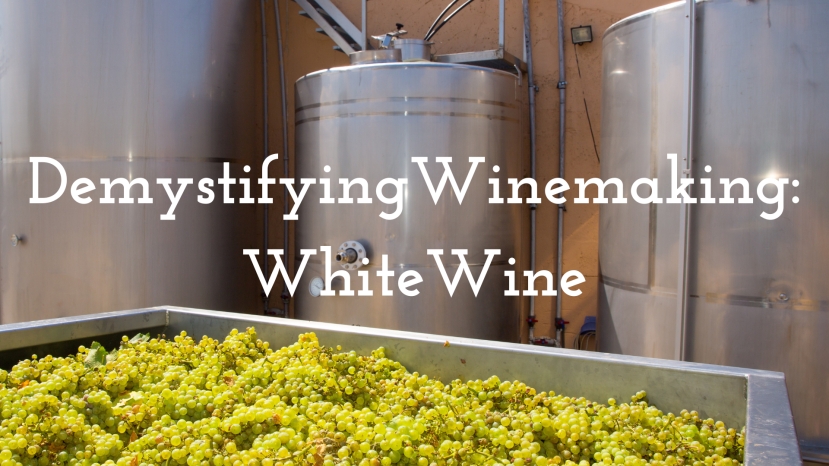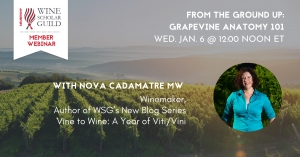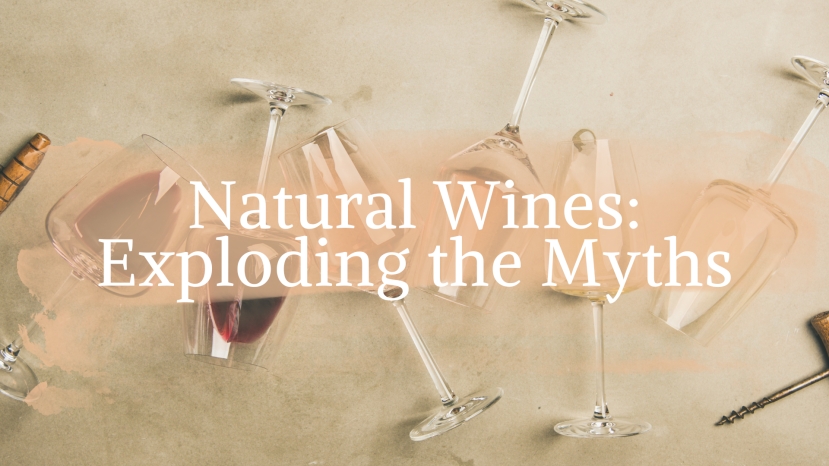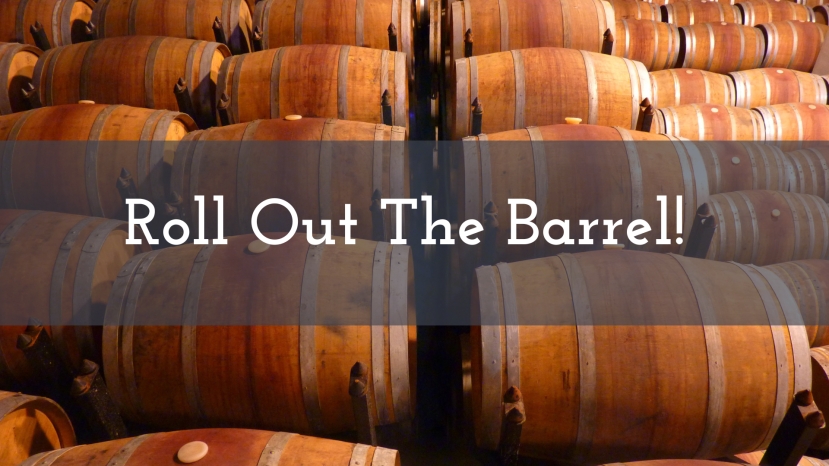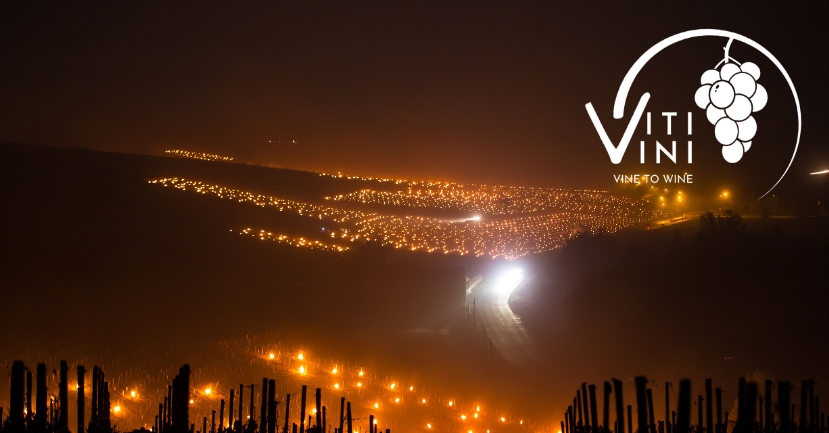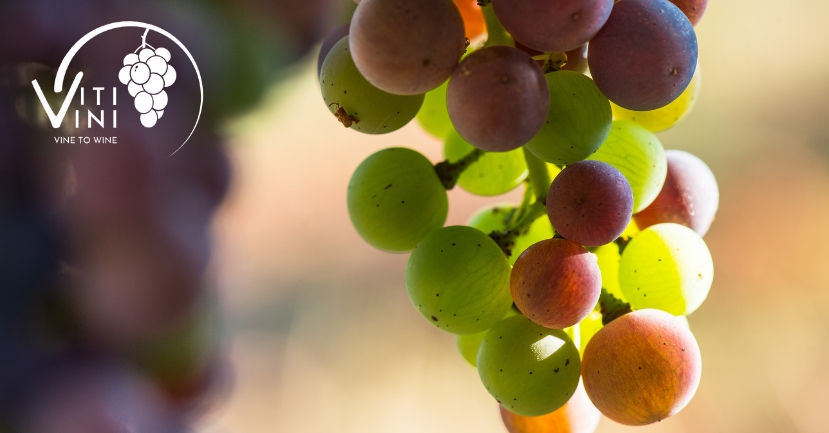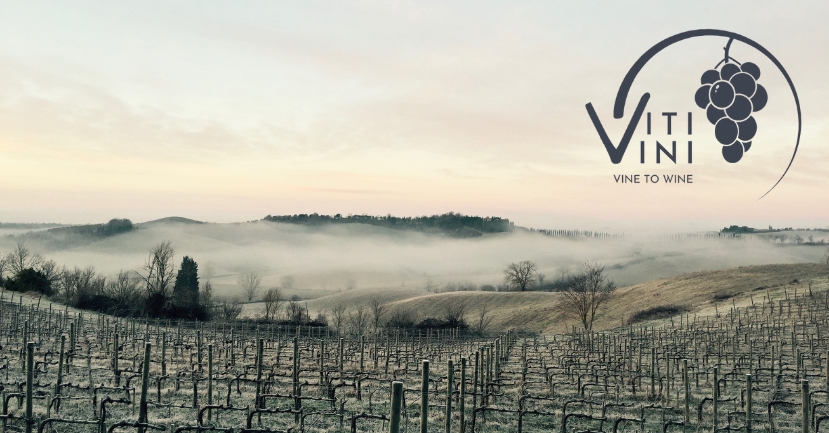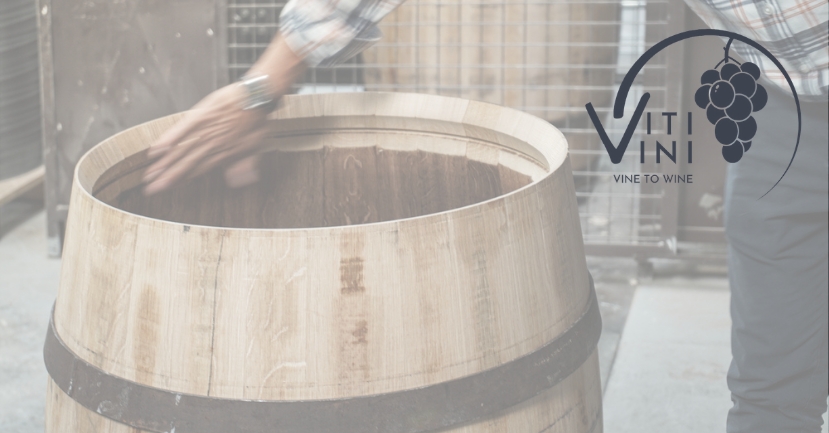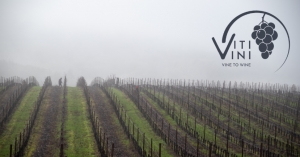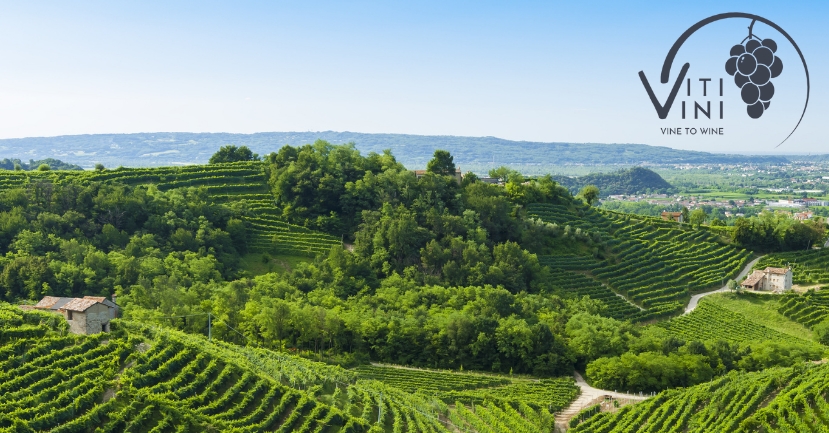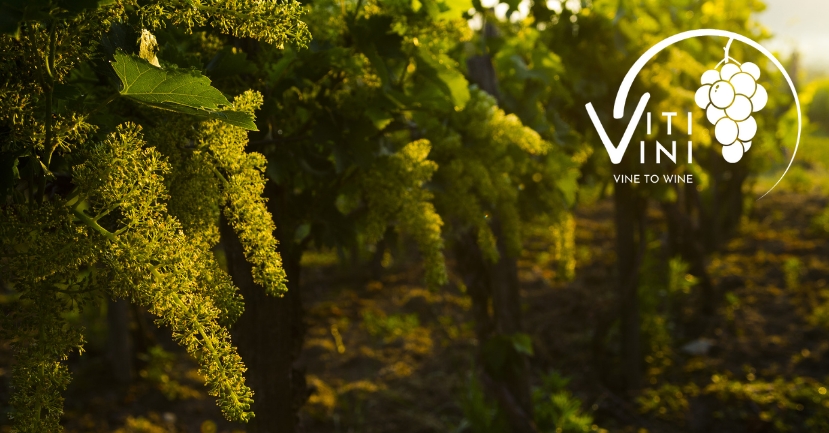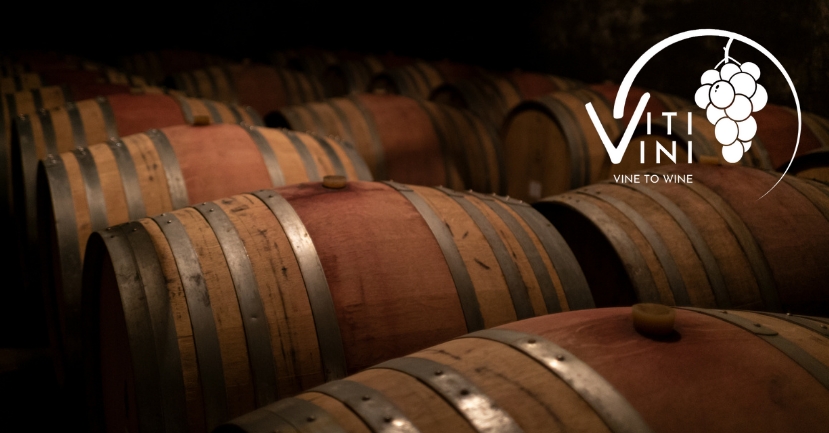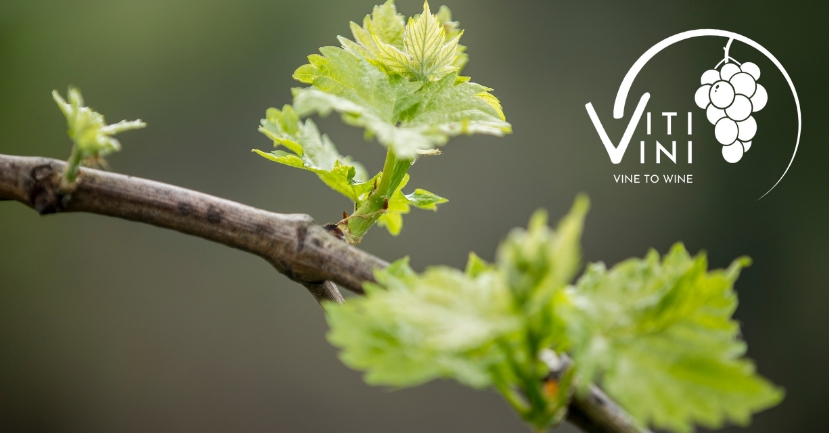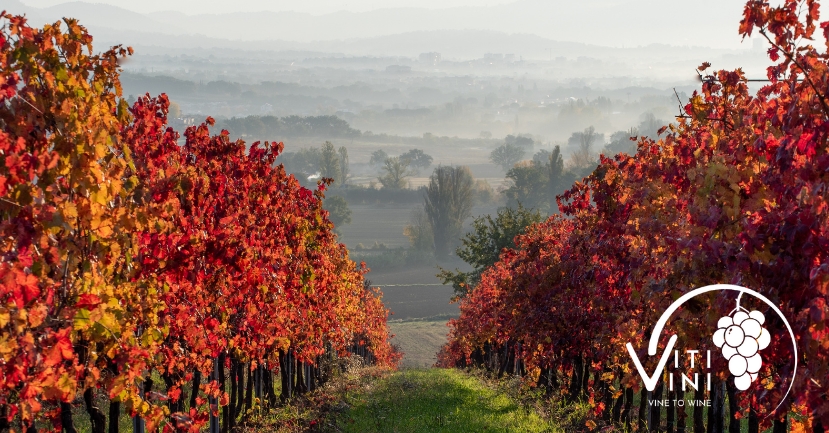BLOG
vinification
In this webinar we will take a deep dive into the fascinating world of carbonic maceration, from early origins to present-day variations and applications. We will compare ‘conventional’ aerobic fermentation of crushed grapes with anaerobic intracellular fermentation of whole berries, and examine the differences between carbonic maceration, semi carbonic maceration, and fractional carbonic maceration.
We will identify some of the “Old World” regions
Summary:
Oxidative, oxidized, reductive, reduced...what do they all mean? Join winemaker Nova Cadamatre MW, as she dives into the Oxidation/Reduction spectrum, what it is, what it means, and how it impacts wine flavors throughout a wine's life.
Presenter: Nova Cadamatre MW
A winemaker with a broad and diverse background, Cadamatre started in wine on the East Coast as a winemaking apprentice with Stargazers Vineyard in 2003. After graduating from Cornell
Summary:
Join us for the latest in our ever-popular 'Beyond the Basics' series. From Ice Wine to Botrytis, Passerillage Pantelleria, there is a plethora of different styles and methods involved in producing these heavenly nectars. We are delighted to welcome back Nova Cadamatre MW to lead this session for a deep-dive into the processes and potential pitfalls involved in making great dessert wines.
About the Speaker:
A winemaker with a broad and diverse
Summary:
Join winemaker Olivier Humbrecht MW, of famed estate Zind Humbrechtin Alsace, for a deep dive into these key components of winemaking: yeast and fermentation!
Presenter: Olivier Humbrecht, MW
Olivier Humbrecht studied wine together with wine marketing and wine business for five years in Toulouse, and then got the chance to do his ‘military service’ working for
Summary:
Have you read all about winemaking from books but some concepts are style confusing? Have you ever wanted to dive deeper into a particular winemaking topic but didn't know anyone to ask?
Join winemaker and Master of Wine, Nova Cadamatre for the first of a three-part series which will pull back the curtain on different styles of winemaking. The first part will cover White and Rose styles of wine. Red, Dessert, Sparkling, and Fortified winemaking will be covered
Summary:
In this WSG Live, Nova Cadamatre, MW and winemaker, will deliver a grapevine anatomy lesson and discuss how growing conditions impact the vine. If you ever wished you knew a little more about how heat, wind, drought, rain, and cloud cover impact photosynthesis, why hot vintages produce “green” wines, and what it takes to make a good vintage…this “bud” is for you.
Presenter: Nova Cadamatre
Nova Cadamatre is a winemaker, writer, and blogger. As one of the
Summary:
It's become one of the hippest and most contentious niches in wine, often poorly understood and derided by the more traditional sectors of the wine trade. But what exactly is natural wine? Is it just fault-ridden hipster juice, cloudy and smelling of cider as some claim?We’ll explore where this movement came from and why winemakers in some parts of the world felt that they had to turn their backs on the
WSG is proud be the first Educational Partner of The Old Vine Conference. Read more to find out how this dynamic non-profit organization is actively creating a global network of old-vine disciples while raising awareness through education.
The economic and social relevance of old vines is real, but the structure of the global wine industry stacks the odds against the regenerative commercial viability of old vines. The result is that healthy old vineyards of cultural resonance and unique qualitative potential are lost because they can’t be made to pay.
The Old Vine Conference is a non-profit organisation whose aim is to bring together a global network to create a new category for wine from heritage vineyards. The Old Vine Conference works to safeguard old vines of cultural and ecological value by connecting, educating and inspiring the global wine industry through conferences, research, partnerships, tastings and fieldtrips.
Wine has been fermented and aged in barrels for centuries. Originally, it was just a convenient material from which to fashion vessels – a bit less cumbersome than clay, and a bit more flexible too. But in the 20th century, the flavour and character of oak became integrable to many popular wine styles, such as the red wines
Few, if any, moments in wine are more dramatic than when a producer decides it is time to pick fruit. Whether they rely upon a Brix reading, a visual cue from the grape seeds, or the finely tuned instrument of their own palate, making the call to harvest a plot of grapes is a decision fraught with consequence. Get it exactly right and you can have a legendary vintage. Get it wrong, and nothing that follows from the vine to the winery to the bottle can make up for an ill-timed harvest.
“Ripeness is balance at its apogee,” notes Julia Harding, a Master of Wine, wine critic, contributor to JancisRobinson.com, and the co-author of the often-referenced book Wine Grapes. Yet given the frequency with which “ripeness” and “balance” are used as terms in wine discussion, it is worth our time to take a step back and try to find a consensus on what they actually are (or even, if they are the same thing), and the ramifications this may hold for our sensory perception.
As we discovered, defining where that apogee of balance lies can be exceedingly difficult. Balance “resists codification,” says wine writer and Wine Scholar Guild Academic Advisor Andrew Jefford. “It varies culturally; it varies by individual; it varies by region and by variety.”
For our latest Great Debate, Andrew Jefford and Julia Harding tackle the finer points of ripeness and balance in wine. Their back-and-forth covers a lot of ground: how to decipher balance on the palate, the differences between tasting wine and drinking a wine, putting the value of alcohol levels into context, the role climate change is playing in defining our sense of taste, and even the dangers of allowing one’s intellect to override the sensual response. All of it, Jefford suggests, is in a quest for, what he calls, “resonance.”
While we may not have arrived at any convenient new truisms, in the end, wine’s remarkable ability to reveal the harmony of nature is — at least for now — something we can all agree on.
With warmer weather, bud break comes quickly. The tiny buds swell and then quickly reveal small, fuzzy, green leaves as the shoot primordia begin to elongate. These shoot primordia will become fully developed shoots over the next few weeks!
Although the exact timing of bud break varies from location to location and from year to year, cooler growing areas can have bud break as late as May; warmer regions as early as March. Either way, bud break officially starts the new vintage for the vines!
August is the calm before the harvest storm. Vegetative growth has slowed considerably and, in some climates, stopped completely due to water stress. The vine now turns its efforts to ripening the fruit that it has developed earlier in the season. Although the berries are close to their final size, the skins will begin to thin, change color, and gain considerably more weight as they fill with sugar produced by the leaves. In climates that experience rain during this period, splitting becomes a risk.
Finally, we have reached the end of the winemaking year.
In the vineyard, soil health is a common topic of discussion now that the vines are dormant. This is a great time to dig soil pits and send samples off to discover more about the composition of the soil layers around the root system of the vines.
Soil pH plays a large part in the health of a vineyard as it controls nutrient uptake. Even if the soil contains plenty of a particular nutrient, if soil pH is wrong, that nutrient might not be available in a form that the plant can use. This can lead to micronutrient deficiencies or toxicities. For this reason, it is very important to manage the soil pH.
February is still a relatively quiet time in the vineyard. Pruning continues in warm climates while in cold climates it may not begin until March or later. This is primarily due to the risk of winter bud kill. Different varieties have different tolerances for cold. February, in the northern hemisphere, has historically been the coldest month in the calendar year and a cause for worry.
WSG launches “Vine to Wine,” an exciting, new blog series that will chronicle what is happening in the vineyard and in the winery each and every month of the calendar year. Nova Cadamatre, MW and winemaker, will author these authoritative and detailed posts drawing upon her studies (Cornell Viticulture and Enology graduate) as well as her winemaking experience in California, China and the Finger Lakes.Each “Vine to Wine” installment will detail that month’s vineyard and winery tasks with deep dives into a particular grape growing or wine making topic such as pruning methods and training systems or barrel aging and fermentation vessels.The series is designed to give wine students and educators an opportunity to develop or hone their technical savvy.
January is a very quiet time for the winery in the northern hemisphere. It is the in between time when the last vintage is quietly waiting in maturation and the next vintage has yet to start. In cold climates, all eyes are still on the weather to ensure that the depths of winter do not bring damage to the dormant buds. The buds hold the entire shoot and cluster primordia (more on this in February’s post) for the new vintage and each variety has a different tolerance to the cold… so monitoring the risk of damage is very important.
By July, the period of rapid shoot growth is over. The vine has now created all the leaves needed to ripen its fruit. In wet climates, shoot growth may continue but at a much slower pace. In dry climates, shoot growth stops completely. In very dry areas, the tendrils on the shoot can even dry out completely!
June is a time of great change in the vineyard. At the beginning of the month, the vines have short shoots with berries that have just set. By the end of the month, the shoots are almost fully grown and have discernable clusters. This is a period of rapid cell division for the berries. With regard to the clusters, the number of individual cells within each berry increases in preparation for the next phase of cell expansion (to be covered in July) when the final berry size is largely determined.
After several months of dormancy, the first signs of the new vintage begin to show in March (in temperate to warm climates). The fresh pruning wounds begin to “bleed.” This initial sap flow is triggered by rising temperatures. Shortly after the bleeding stops, the buds will begin to swell.
After frost season, bloom (flowering) is the first real milestone of the vintage. Harvest follows approximately 100 days after this event. Now that the growing season is in full swing, weather has real repercussions for how the vintage shapes up.
Grapevines have what are known as “perfect flowers.” They have both male and female parts; they self-pollinate. This means that they do not need insects such as bees for pollination to occur (as is common in many other fruits), nor is wind necessary (as is common in some tree species).
At the start of November, areas with long growing seasons are still wrapping up harvest, but most wineries in the northern hemisphere have brought their grapes into the winery. An exception to this rule is any fruit being left out for ice wine production.
Ice Wine ProductionGrapes destined for ice wine production must hang on the vine until temperatures reach a consistent 20°F/-7°C or below. Only at this point, can the frozen berries be harvested.
November begins with a lot of activity in the winery and ends with everyone taking a collective sigh of relief. The growing season is at an end and most wine production professionals can take a moment to reconnect with their families and friends and take a well-deserved vacation.
Page 1 of 2
- 1
- 2

